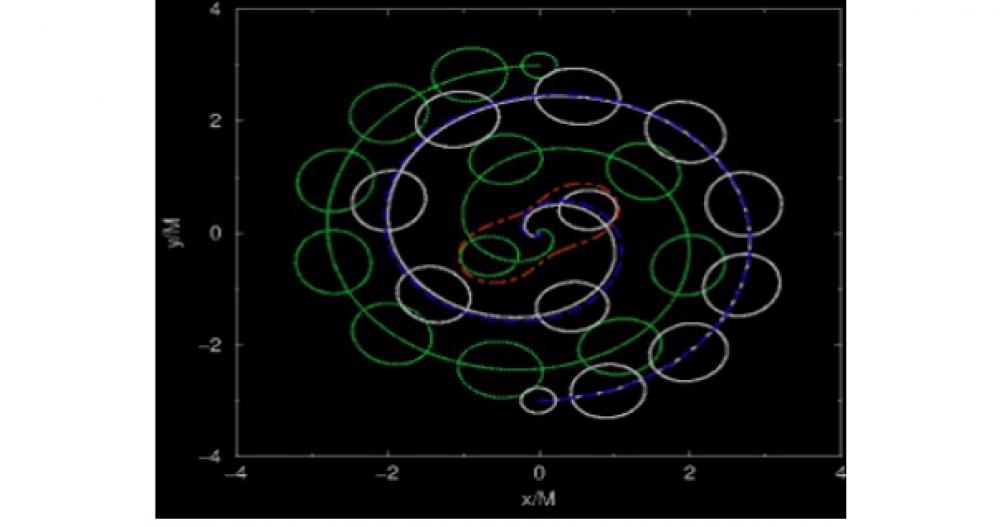Synopsis:
Numerical Relativity has become one of the most powerful probes of relativistic space times. It allows us to recreate phenomena that are otherwise inaccessible in the laboratory. One of the main applications of numerical relativity is the study of astrophysical systems that involve strong and highly dynamical gravitational fields, such as, for example, black holes and neutrons stars. In this basic introduction we will review the fundamental concepts that underlie the field as well as some of its most important applications.
The lectures will be complemented with "hands on" sessions to work on some computational examples. The example programs will be written in Mathematica and fortran90. We will use a simple graphing utility as ygraph or gnuplot. Attendants are encouraged to bring their laptops to work on the examples.
Lecturer: Juan Carlos Degollado, Physics Department, Office 13.3.33.1.
Schedule: Mondays 16:30. Each session will be 45 min + 45 min, with a short break.
Location: Room 22.3.21 of the Mechanical Engineering Department.
______________________________________________________________________
Plan of the course:
- Session 1. (24/Feb/2014) A brief review of GR. Tensors, expansion into bases, covariant derivative, Christoffel symbols, Riemann tensor, Einstein’s Field Equations. The Schwarzschild solution. Lecture notes
- Session 2. (03/Mar/2014) Numerical methods. Finite differencing. Automatic code generation, Mathematica. Lecture notes. Examples
- Session 3. (10/Mar/2014) Convergence, stability and consistency. Error analysis. Numerics of partial differential equations. Lecture notes. Examples
- Session 4. (17/Mar/2014)Introduction to some useful numerical schemes. Numerical dissipation. Lecture notes. Examples
- Session 5. (24/Mar/2014)The 3+1 formalism. Foliations of space time, spatial metric, projections of tensors, 3d covariant derivative, extrinsic curvature. Lecture notes. Examples
-
Session 6. (31/Mar/2014)The ADM and BSSN formulations. Conformal transformations. Lecture notes
-
Session 8. (5/May/2014) Initial data. Conformal transformations, solving the Hamiltonian and momentum constraints. Lecture Notes. Examples
-
Session 9. (19/May/2014) Analysis: Apparent horizons, mass. Lecture Notes. Examples
-
Session 10. (26/May/2014) Non vacuum space times. Lecture Notes. Hydrodynamics. Examples
-
Session 11. (2/June/2014) (Optional) Cutting-edge codes.
______________________________________________________________________
Suggested references
* M. Alcubierre, Introduction to 3+1 Numerical Relativity, Oxford University Press.
* T. Baumgarte & S. Shapiro, Numerical Relativity: Solving Einstein’s Equations on the Computer, Cambridge University Press.
* C. Bona, C. Palenzuela-Luque & C. Bona-Casas, Elements of Numerical Relativity and Relativistic Hydrodynamics, Springer.
* R. J. LeVeque, Nonlinear Conservation Laws and Finite Volume Methods for Astrophysical Fluid Flow, Springer.
